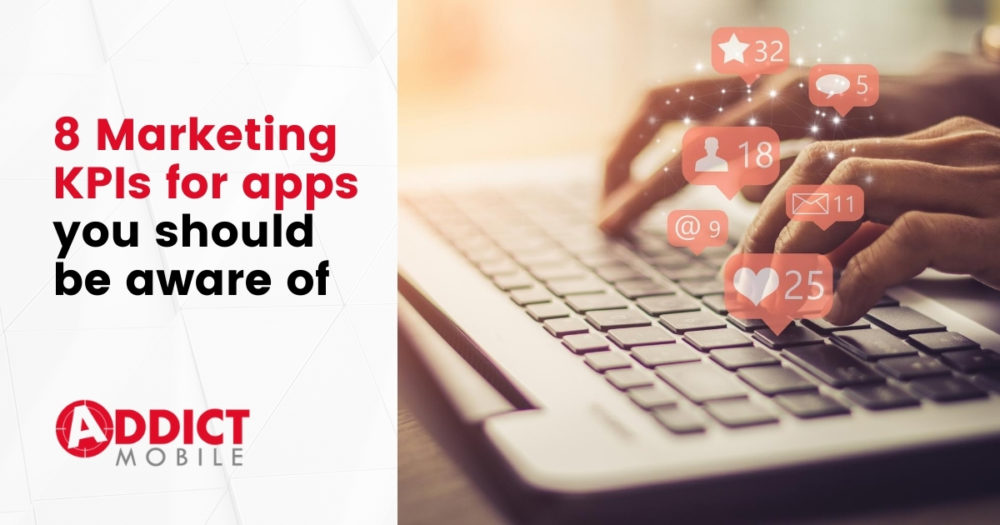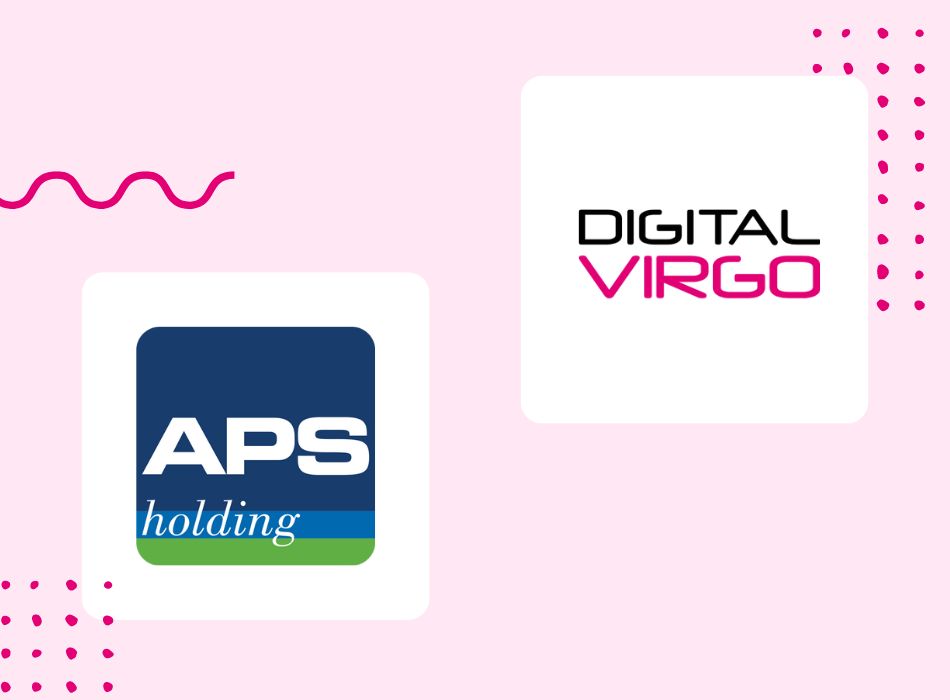
1. Cost per thousand impressions (CPM)
CPM refers to paid advertising module based on impressions. It determines the purchase cost for each platform and the other costs also derive from CPM. CPM is ideal to heighten your brand awareness and deliver specific messages to the users.
2. Cost per click (CPC)
Every conversion begins with a click. By measuring the amount of clicks on your ads, you can throughout the month to pause ads that are not performing well and increase the visibility of ads that received more clicks. CPC allows you to track performance and make sure that people click on the visual.
3. Click through rates (CTR)
This ratio indicates how often people who see your ad end up clicking it. It is counted by the number of clicks that your ad receives divided by the number of times your ad was shown. Closely related to CPC, it shows how performative your visual is. It’s the click rate on the ads that matters, so that’s what our Team is looking at in the first place.
A note from our Team: when CTR is low, it can mean that your ad is not efficient enough. But sometimes it’s better to have a low CTR but a strong CVR (after) than to have a higher CTR but nobody converts it to an install.
4. Cost per install (CPI)
CPI is a pricing model with which advertisers pay when a user installs their app through their ad. CPI really depends on your app, on the sources you run and on the competition of the sector. It is an indicator of how much it costs to recruit 1 person who downloads the app. CPI allows us to measure the starting price and it is also a very good and cheap indicator between countries/projects.
5. Conversion Rate (CVR)
CVR stands for the number of people who downloaded the app based on the number of people who clicked on your ad. This rate is linked to the CPI and if the rate is too low it signifies a problem on your store page (not explicit enough) or on your visual (not in coherence with your app).
6. Cost per lead (CPL)/Cost per action (CPA)
CPA allows to charge an advertiser for a specific action made by a user (views, leads or sales). It gives control for advertisers on their profitability and the return on investment of their campaigns. It also provides with insights on tracking and maximizing the return of investment across different marketing channels.
With Cost per Lead you can calculate how much you have spent on acquiring each customer. It helps to identify the channels that have brought the biggest number of costumers. CPL basically signifies a person, who completed a desired action and the money, which were spent to motivate that user to complete that action.
Each advertiser defines the CPA/CPL according to its objectives. The retailers will use CPA for the purchase, the banking apps will try to generate the inscription with your credit card details, the betting apps will ask for a first deposit, VTC will try to make a first ride etc.. it’s very variable according to the industry.
To conclude, the most important KPI on this list stays CPA – because it brings a long term user and shows how profitable your campaigns are.
7. Customer Lifetime Value (LTV)
LTV allows you to calculate the lifetime income of a user and therefore it allows you to better set your goals. Longer a customer continues supporting the company – the greater his lifetime value becomes.
Download our infographics explaining on how to provide better user acquisition here.
8. Retention Rate
Retention rate plays a significant role in understanding how well your app is performing over time, taking into account each unique user. It provides with the percentage of users who are still using an app a certain number of days (or month) after install. Calculated by the number of users that use an app at least one per day divided by total installs.
Retention rate can pinpoint on how to improve the performance of your app and extend the Customer Lifetime Value.
It should not be neglected, especially in the calculation of profitability because, if a user often returns to the app and makes several purchases, then it generates more profitability for the advertiser.
Digital Marketing Solutions: Addict Mobile
Addict Mobile provides its expertize to the clients outside Telecom Payment ecosystem (Western Union, Atari, Ubisoft, Match, Mattel, Univision, Kapten, The Epoch Times). By offering a comprehensive range of Digital Marketing tools, Addict rethinks the classic approach of agencies and targets the best potential users in coherence with the objectives of its clients. Access for more information here.



